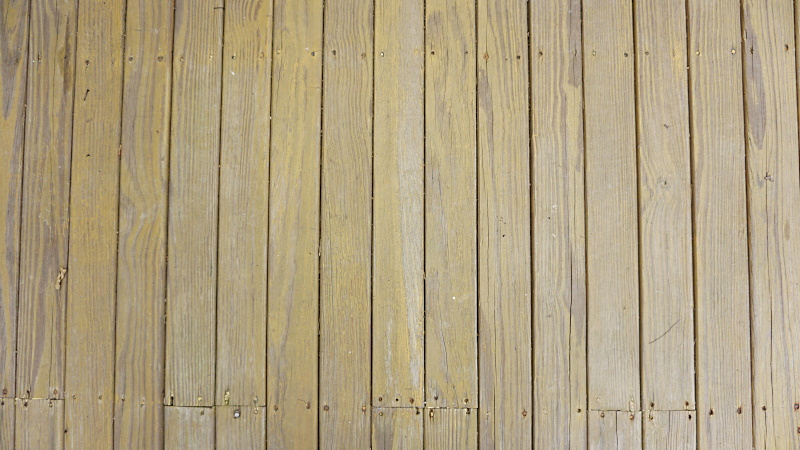How Safe Is your Deck?
Safe Decks, Steps and Railings
How safe is your house deck? If you’re like most homeowners, it’s easy to think your deck is structurally sound or maybe not even think about it.
No matter if you are preparing to sell your home, considering buying a house, or concerned about how safe your existing deck is, it’s vital to know when your deck can no longer safely support your family, friends and outdoor features.
There are several common problems that can lead to decks becoming unsafe. We do recommend a home inspection service provide in-depth evaluation if you have any concerns.
Here are some of the most common deck safety problems:
1. Deck Ledger to House Connection
The deck ledger is part of the framing that attaches to the against the wall of your house. Ledgers are long horizontal boards called a ledger. Usually joists that support the decking are fastened to the ledger. Ledger issues are the number one reason why decks collapse. Often, it’s the results of a ledger that has become badly decayed or improperly fastened to the house.
2. Joist to Ledger Connections
The ledger board and beams support all the floor joists. The ends of the joists are often attached by metal joist hangers. These joist hangers must be attached in place with galvanized hanger nails.
Look at the joist to see if any are badly cracked or has extensive water or insect damage. Although the joist may look great, be sure to check the ends of the joists, which are commonly the first place to rot and split. Also, check for any joists that are sagging or bowed.
3. Damaged Decking
Although composite decking continues to grow in the market, many homeowners still have wooden deck boards. You are looking for rot, insect infestation, water damage, splinters, large cracks, and popped fastener heads. Many wood decking boards often become twisted, cupped or warped through years of exposure to the elements. If you need a deck contractor for deck installation, we are a complete building contractor in Summit County, Colorado.
4. Unsafe Deck Stairs and Deck Steps
Many decks have at least one set of stairs or steps. These both contain a handful of parts, and each has its own weakness. Check the treads and stringers for structural damages. For wooden deck handrails, wooden deck posts and deck balusters, look for any cracks, soft connections, and any missing nails, screws or bolts.
5. Defective Railings
One of the most important part of any deck are the railings. Similar to steps, deck railings are also susceptible to damage over time, making them less than safe. It’s vitally important that your railings be kept in good. As an example, deck collapses are dramatic, however the majority of deck injuries occur when someone forces too much pressure on a damaged railing, results in falls or other injuries.
6. Changes in Footers
Here in Colorado, we get some pretty big changes in the soil throughout the year. When you look at your deck, if you see changes by the posts & beams, either sunken or heaved up can cause serious problems. Footer changes can also cause the deck to disconnect from the house, at the ledger or separate from steps, etc. Luckily, fixing footers can be as simple as getting the footers under your deck posts.
If you have any concerns about your deck safety, get in touch with us. We are a local deck builder and provide deck construction in the Rocky Mountains. Our experts will help answer any questions about your new or existing deck!

